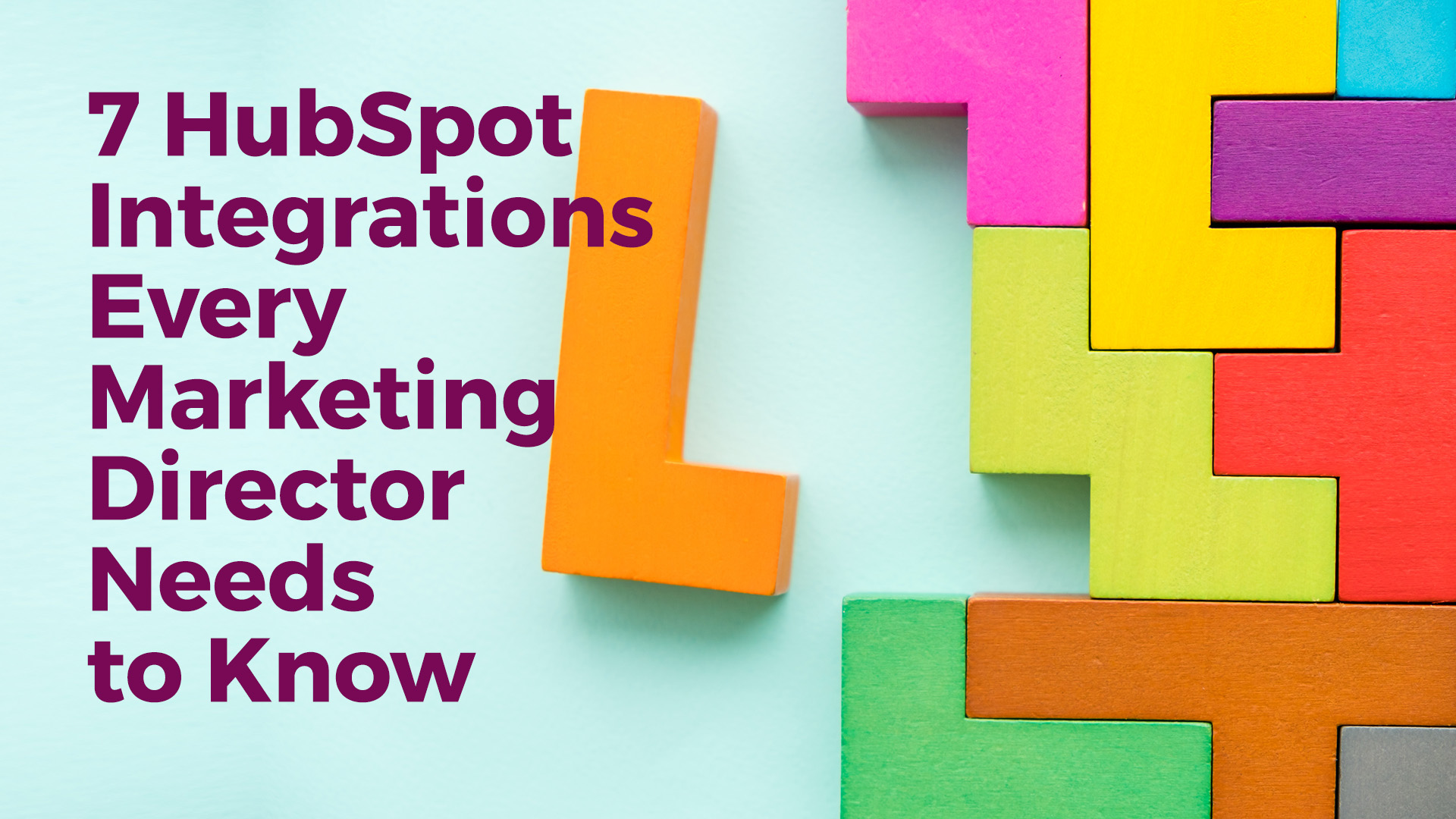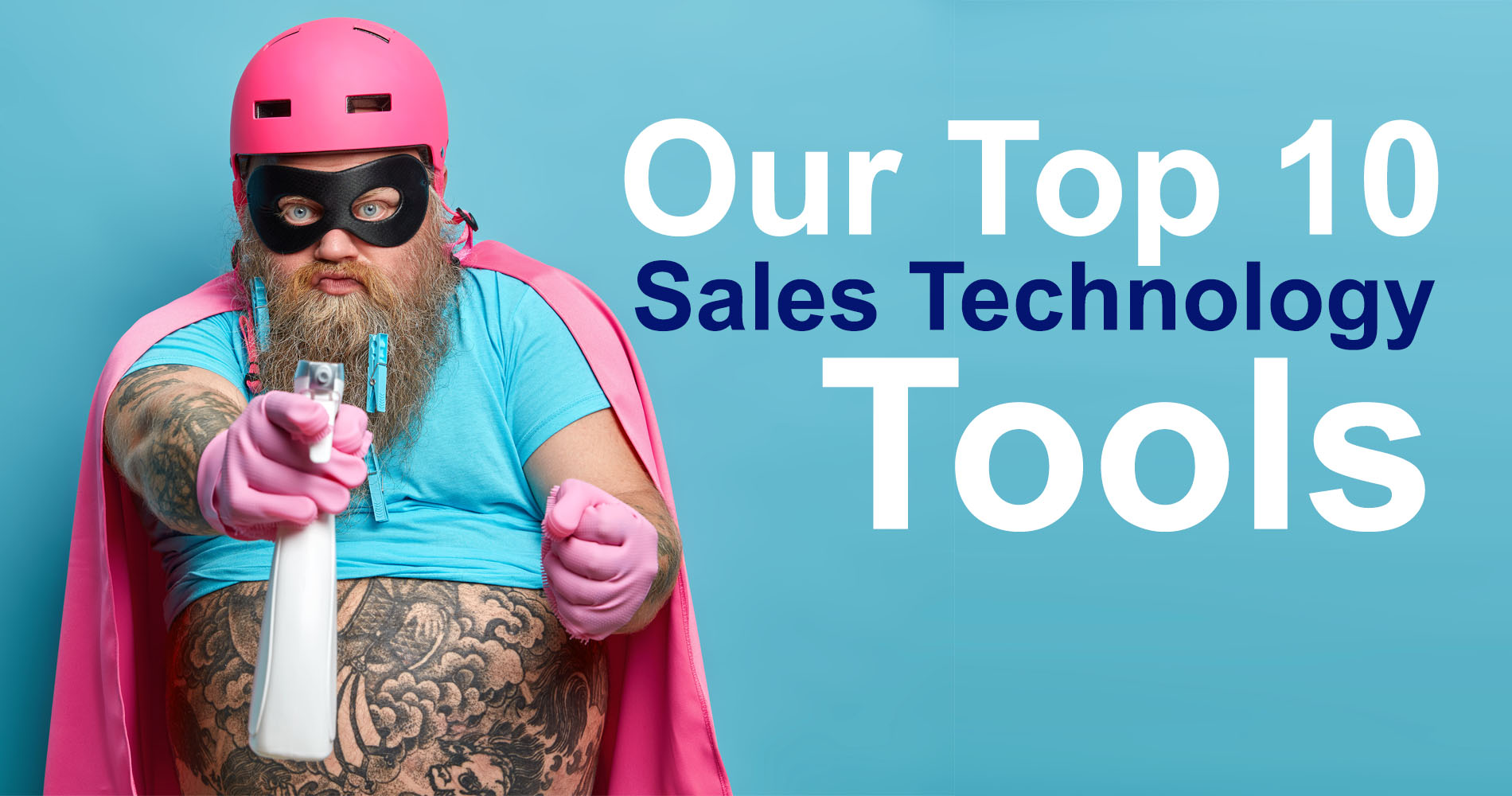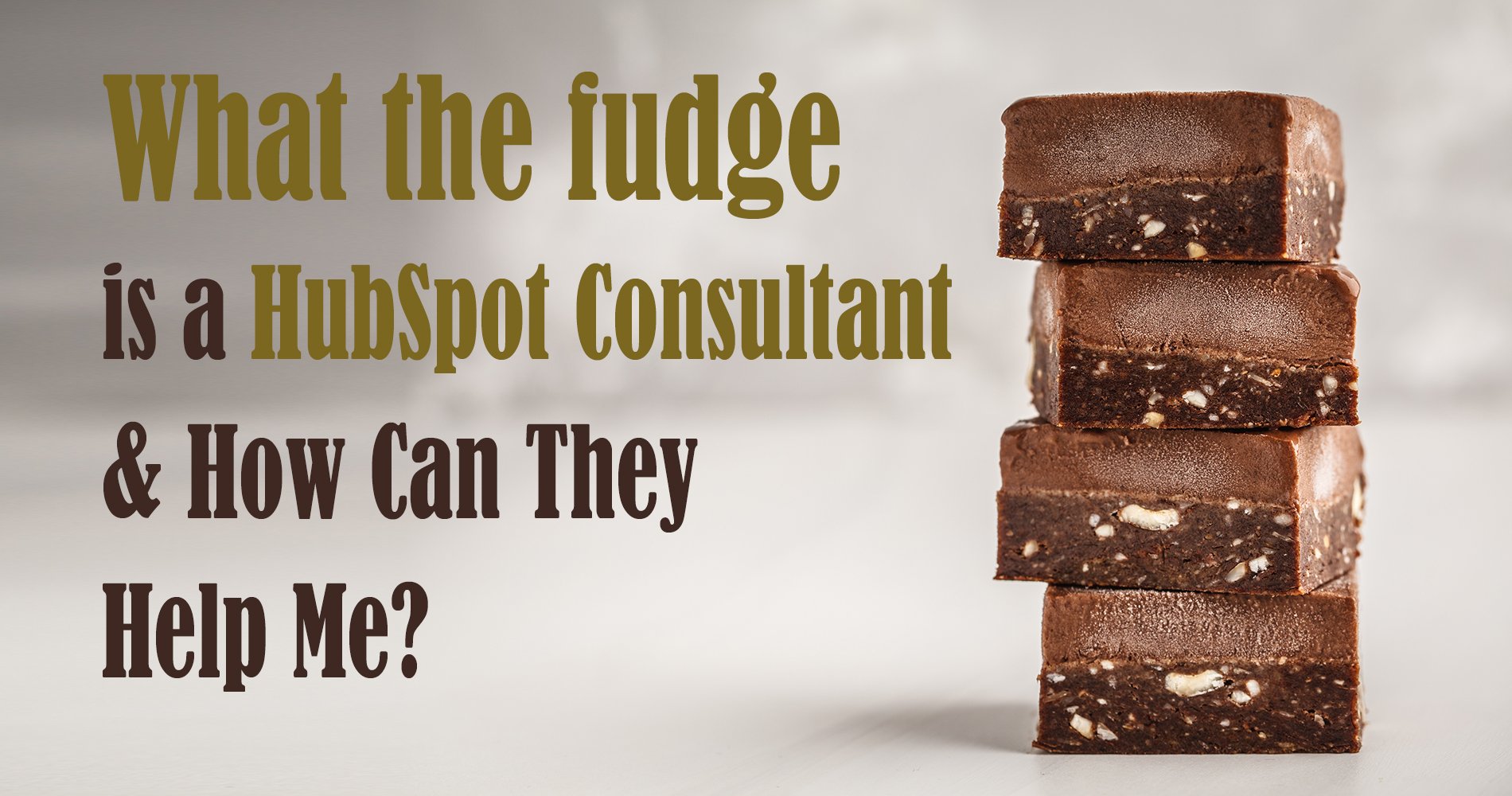As a marketer, it can be overwhelming to keep track of multiple software applications, with important information slipping between the cracks. Fortunately, there are solutions available that can integrate all your activities and efforts into one place. While HubSpot is a powerful platform in itself, integrating it with other apps can enhance its potential and streamline your marketing processes. Each HubSpot integration has a unique goal that can be tailored to meet your specific needs, whether it's to optimise workflow or streamline reporting.
To help marketers explore the topic of HubSpot integrations, we have curated a list of the best HubSpot integrations and organised them into different categories. This will allow you to explore a wide range of apps that can complement your HubSpot experience and make your marketing processes more efficient.
Greatest HubSpot integrations for marketing experts
Our top choices for HubSpot integrations focus on critical aspects of a marketer's job. These apps enable you to collect and manage vital information on your present and prospective customers seamlessly. The HubSpot integrations we've selected cover various areas, including customer workflows, webinar attendance, social media interactions, email management, design tools, feedback, and data management. These integrations form the backbone of an essential toolkit for any marketing team.
Without the need to switch between multiple applications, you can leverage HubSpot's power and extend its functionalities by integrating it with these apps. Our top picks include tools that allow you to automate customer workflows, track webinar attendance, manage your social media presence, design engaging content, gather feedback, and manage data efficiently.
By integrating HubSpot with these apps, you can streamline your marketing processes and enhance your team's productivity. You can collect all the necessary data in one place, track interactions with customers across various platforms, and manage email campaigns seamlessly. Additionally, you can leverage designer tools to create visually appealing content and gather valuable feedback to improve your marketing strategies.
1 Coupler.io
In today's business world, automating data is crucial, especially for fast-growing companies that accumulate vast amounts of customer information, sales data, and contacts. Coupler.io, an analytics and data automation platform, offers a solution to automate reporting and analytics of your HubSpot data. The platform provides an Extract, Transform, and Load (ETL) tool to help you get the most out of your data by collecting and transforming it. By integrating HubSpot with BigQuery, for example, you can regularly sync extensive data sets, making it easier to monitor inventory, sales records, and new leads.
Automating data flow can significantly reduce the time spent on data reporting and analytics. With the help of live dashboards, you can track and improve your business metrics more efficiently. However, implementing these tools yourself can be challenging and requires specific skills and expertise. That's where Coupler.io's data expert service comes in handy. Their team of experts can handle a variety of automation and analytics tasks, allowing you to focus on your core business operations.
By leveraging Coupler.io's data automation and analytics platform, you can streamline your reporting and analytics processes, gain insights into your business metrics, and improve your decision-making. The platform's ETL tool enables you to collect, transform, and visualise your data quickly, allowing you to make data-driven decisions with ease. Additionally, their data expert service ensures that you have the support you need to get the most out of your data.
2 Google Analytics
Google Analytics is a powerful tool that allows you to collect data on your website's visitors and performance, whether it's the entire site or specific sections of it. This data can be easily connected to HubSpot, allowing you to keep track of IDs and incorporate Google Analytics to more than one domain. If you only want to track the results of your blog, you can choose to monitor only that part of the website.
Setting up the integration to gather even more specific information on a particular page is also easy and can be done in just five simple steps. If you regularly compile reports on blogs and specific website pages, you know how time-consuming it can be to set up all the necessary parameters and download, upload, and sort data. This integration with HubSpot eliminates the need for manual work, saving you valuable time and effort.
With this HubSpot integration, you can access detailed insights into your website's performance, including visitor behavior, traffic sources, and engagement metrics. These insights can help you make data-driven decisions to optimise your website's performance and improve the overall customer experience. Plus, the seamless integration with HubSpot means you can easily combine this data with other customer information to gain a more holistic view of your audience.
3 SEMrush
Integrating HubSpot with SEMrush, one of the most popular CRM tools, enables you to seamlessly transfer customer data, contacts, and leads from HubSpot to SEMrush. By doing so, you can manage your customer workflows effectively, including organising files, creating presentations, and sharing reports with your clients. It's crucial to keep all essential documents in one location and maintain them in an organised manner as your customer base expands.
The integration of HubSpot with SEMrush also provides you with insights into your competitors' strategies and online visibility. You can analyse their organic search rankings, paid search performance, backlinks, and social media presence to gain a competitive advantage. By using SEMrush's capabilities alongside HubSpot's automation and marketing tools, you can create targeted marketing campaigns, generate leads, and increase your ROI.
Furthermore, the HubSpot-SEMrush integration can also help you identify and track relevant keywords and phrases related to your business. With SEMrush's keyword research and tracking tools, you can optimise your content, website, and marketing campaigns for maximum impact. This integration allows you to access a wealth of data and insights that can help you make informed decisions and improve your marketing efforts.
4 Canva
The integration of Canva and HubSpot is a game-changer for marketing teams. By combining the design capabilities of Canva with the marketing automation of HubSpot, you can streamline your workflow and save time. With the integration, you can create stunning visuals in Canva and directly transfer them to HubSpot to use in your marketing campaigns, blog posts, and social media.
The Canva-HubSpot integration makes it easy to manage your brand assets and design templates in one place. You can store your designs in Canva and quickly access them in HubSpot's file manager whenever you need them. This ensures that all team members have access to the latest designs and can use them in their campaigns.
Moreover, you can easily track the performance of your designs and campaigns by using HubSpot's analytics tools. By linking your Canva designs to your HubSpot campaigns, you can measure the impact of your designs on your business goals. This helps you to optimise your marketing efforts and improve your ROI.
5 SurveyMonkey
Surveys are very useful when you’re exploring a new market, but also when you’re making sure that your customers are satisfied. In the process, you might discover some new opportunities and needs that your competition hasn’t included! HubSpot integrates SurveyMonkey and all the current data you might have from earlier. All the email addresses will be synced and added as new contacts.
Here’s the coolest part: you can produce listings of contacts and sort them by SurveyMonkey surveys. If you want to go even deeper, you can segment lists by specific survey questions and whether they had a response or not! Maybe that sounds unneeded, but believe us when you’re conducting research, these filters can be a lifesaver.
When seeking insights into a new market or ensuring customer satisfaction, surveys can be a valuable tool. HubSpot's integration with SurveyMonkey makes it easy to collect data and sync it with your existing information. By linking your accounts, email addresses will be added as new contacts in HubSpot.
But the integration doesn't stop there. With SurveyMonkey surveys, you can create lists of contacts and filter them based on their survey responses. This level of segmentation allows for a deeper understanding of your audience, their needs, and any potential opportunities that your competitors may have missed. While it may seem like an unnecessary level of detail, these filters can be a game-changer when conducting market research. With HubSpot and SurveyMonkey working together, you can easily gather, organise, and analyse data to inform your marketing strategy and improve customer satisfaction.
6 Hootsuite
Nowadays, having a social media presence and a dedicated social media manager is a must for businesses. To keep up with the latest trends and algorithms, tools like Hootsuite are used for scheduling and posting various types of content, such as images, videos, tweets, and stories. However, it's equally important to collect valuable information and improve future campaigns.
By integrating Hootsuite with HubSpot, you can achieve precisely that. The integration allows you to connect contacts and automatically add context to their interactions. This provides you with a comprehensive overview of their interaction history, and your customer success teams won't have to spend hours searching through long chats to determine a contact's likelihood to buy or pass on your offer. Moreover, your customer support teams can access the contact's history instantly and provide excellent customer service.
7 ActiveCampaign
Creating email campaigns can become an enjoyable task that you will eagerly anticipate with the help of ActiveCampaign. With its user-friendly templates and the ability to create visually appealing emails from scratch by dragging and dropping elements, adding images and gifs, adjusting fonts, and even incorporating videos, ActiveCampaign has become a popular choice among marketers. With HubSpot integration, you can sync data in one or both ways, from ActiveCampaign to HubSpot or vice versa, or both. Additionally, just like with SurveyMonkey, all your previous data can be synced as well, providing a complete overview of your email campaign analytics
MIGHT LIKE TO READ: The significance of CRM and CMS integration
HubSpot integrations list: from CRM to PM
The actual number of HubSpot integrations is difficult to determine but it is undoubtedly extensive. We have just highlighted the top 7 integrations for marketers based on the primary categories of apps they utilise, yet there are numerous others available for integration. If you are already utilising marketing apps and HubSpot, the most effective approach is to simply search for the app you wish to connect and add "HubSpot integration" to the search query. We categorised the benefits and most popular apps into CRM, email, ecommerce, sales, and project management categories. Integrating these vital areas of a marketing team's activities will undoubtedly lead to significant improvements.
Hubspot CRM Integrations
HubSpot's free CRM software can be enhanced by connecting with your favorite apps to better manage customer relationships. Popular CRM integrations include Salesforce, ChatSpot, Zoho CRM, and more. These integrations offer a range of features such as two-way automatic updates, event triggers, field updates, revenue syncing, lead prioritisation, historical data syncing, contact and deal creation, custom reporting, and AI-generated email drafts.
Hubspot Email Integrations
Integrating your email provider with a CRM tool is crucial for successful email campaigns. HubSpot offers popular integrations with email apps such as Mailchimp, NeverBounce, and Stripo. These integrations provide benefits such as:automatic contact syncing
- Email activity syncing
- Quick custom contact list creation
- Sync error alerts
- Real-time email verification and validation
- Html email creation
- Email content translation
- Interactive email building
- Email template storage.
Hubspot E-Commerce Integrations
Integrating e-commerce apps with HubSpot can save you time and help automate certain shopping activities, which can be critical for your business's success. The most common HubSpot integrations for e-commerce are Shopify, WooCommerce, and Square. These integrations offer many functions including:
- Segmentation and organisation of contact lists, products, and orders
- Syncing information on abandoned shopping carts
- Pre-formed reports
- Monitoring and measuring performance
- Centralised dashboards for data analysis
- Automating e-commerce campaigns
- Accepting payments on HubSpot landing pages and sending receipts
- Managing billing information, integrating coupons, and automatic tax calculations.
Hubspot Sales Integrations
Some essential tools for sales include PandaDoc, Stripe, Dialpad, and the HubSpot Google Sheets integration, which offer the following features:
- Automated data syncing
- Document generation, auto-filling, and editing
- Proposal and quote creation
- Electronic signatures
- Customisable fields for syncing and updating
- Unified communication channels
- Call and email transcripts
- Inbound and outbound calls
- Cross-device data syncing
Hubspot Project Management Integrations
Here are the number one project management applications integrated with HubSpot: Trello, monday.com, Asana, ClickUp, and Teamwork. Additionally, the HubSpot to Excel integration is a crucial tool for managers. These integrations offer several benefits, such as:
- Managing contacts, companies, and leads
- Onboarding customers
- Consolidating task management processes in a single platform
- Effortless task delegation between teams
- Aligning team efforts
- Syncing inbound marketing and sales activities
- Creating charts, data backups, and valuable reports.
HubSpot API Integrations
HubSpot enables developers to design their custom integrations using APIs that define how apps communicate with each other. Developers can access API documentation and create custom connections that fit their company's specific needs by having a developer account. Although every HubSpot integration operates on APIs, developers may need to modify them to align them with their workflows. HubSpot provides API tutorials and sample apps to help developers create their custom integrations. Once they complete their integrations, they can list them on HubSpot's App marketplace.
Lastly,
In conclusion, HubSpot integrations can help businesses save time, increase efficiency, and improve productivity. Whether it's automating marketing campaigns, managing e-commerce platforms, streamlining sales processes, or enhancing project management, there is an integration for almost every need.
However, it's important to carefully consider the costs and potential drawbacks, such as data sharing, app compatibility, and maintenance, before committing to an integration. By trying out different integrations and revisiting business activities, companies can find the best fit for their specific needs and optimise their workflows. Ultimately, the key is to use these integrations as tools to help achieve business goals and drive success.







